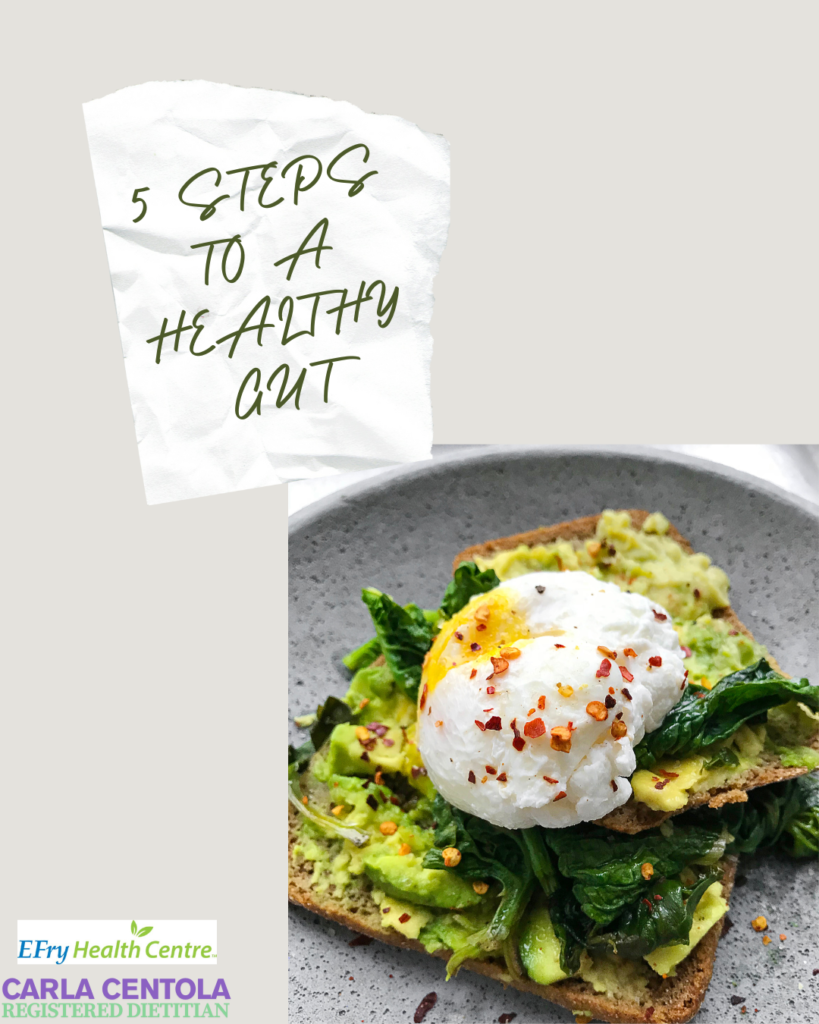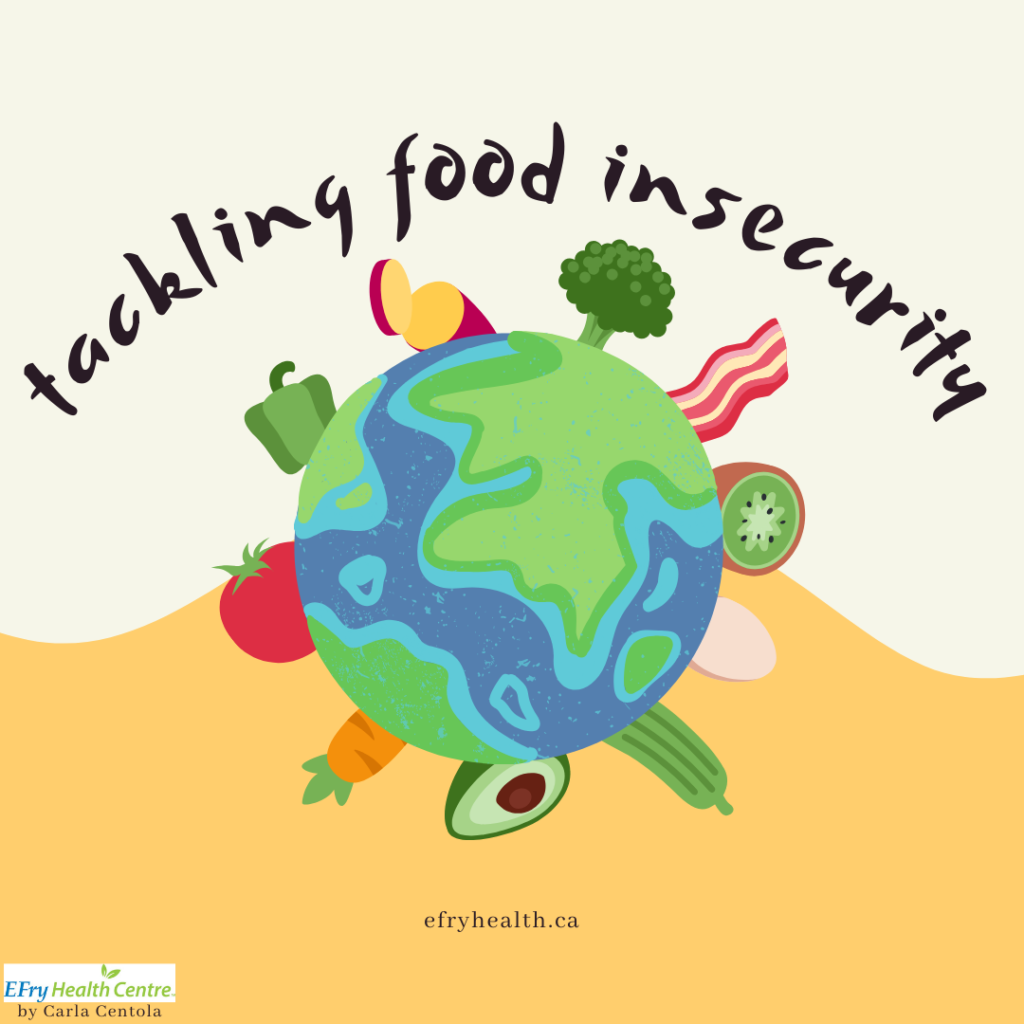Wellness Blog (Nutrition)
Walking group & some QUICK protein + fiber filles snack options

5 steps to Healthy Gut Nutrition

Tackling Food Insecurity
Division Of Responsibility: What to do with ‘picky eaters’
Jan 27 2025
Dietitian Handout: Improve Nutrient Intakes
Nutrient Rich foods and options to improve nutrient intakes
Jan 06 2025
Dietitian Handout: Winter Snacks

Holiday Hunger: Beyond the Plate

Meal Prep Magic: How to nourish & navigate your food expenses Weekly meal plans that cost $50 or less

Back to School Program and Low Cost Recipe



